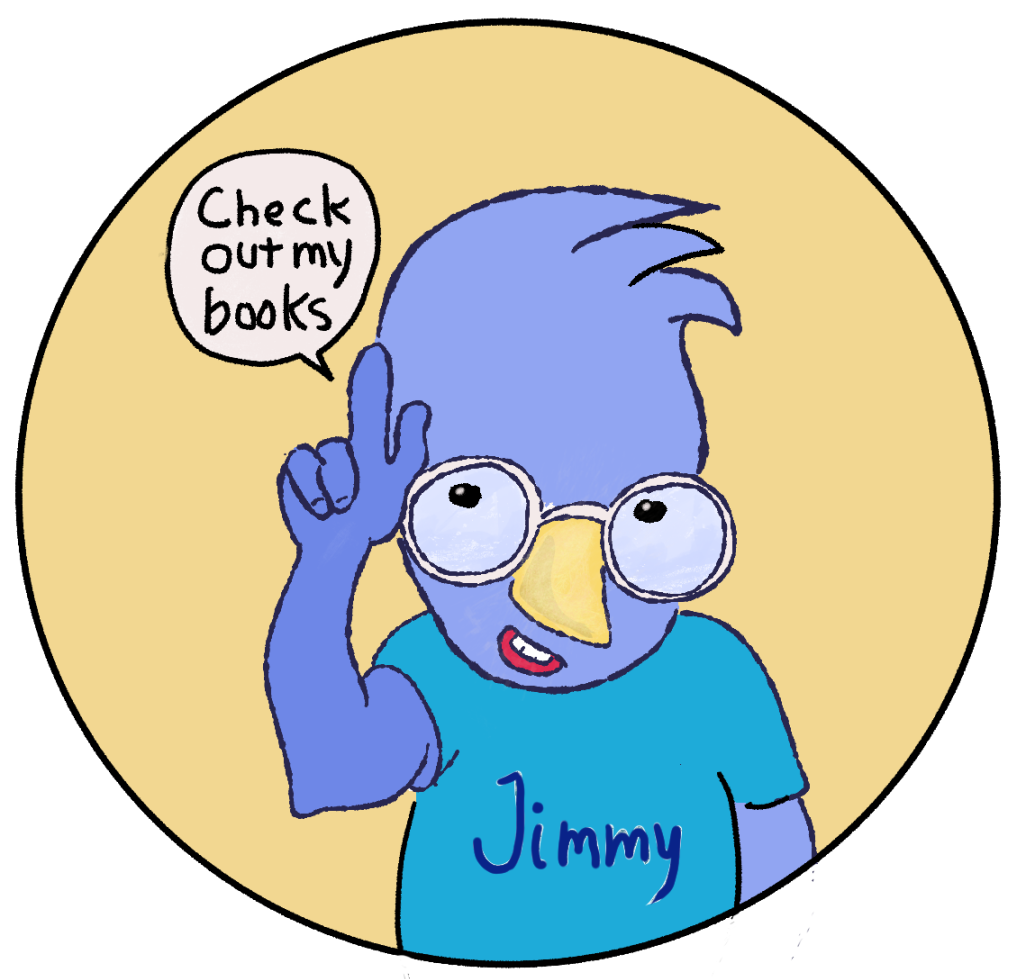Children’s picture books usually have 32 pages. This number is arrived at by the way eight-page “signatures” are created by folding two pieces of paper in half to create an eight-page unit. As a consequence, the number of pages in a children’s book is a multiple of eight. There are some 24-page books, and some longer books, such as Where the Wild Things Are by Maurice Sendak, which has 48 pages.
Initially I assumed that I would have 32 pages to tell my story. As an impatient rookie, I didn’t do my homework — I didn’t consider that a professionally published book has “front matter” that uses five pages for the title page, a page for the ISBN, publication date, blank pages, and publisher information. Without these pages, the book lacks the fundamental features of a serious book.
Since I don’t want my readers to think I’m a hack, or worse, a lazy, sloppy, hack, I’m going to bring my book up to a professional level. However, adding five pages for front matter gives me a 37-page book. I’ll have to cut five pages of text and images. Despite the extra work I have in front of me, I’m relieved that my book will look like it was done with care and attention to detail.
In the image below (from inDesign), you can see that the story in a 32-page book actually starts on page six.



